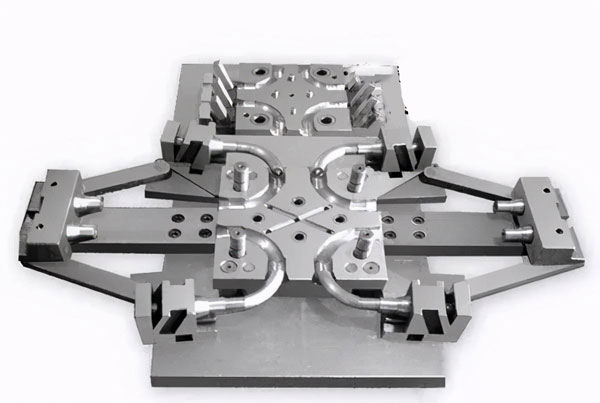
**Connecting Creativity and Production: An Expedition Through Injection Molding**
Months ago, a design firm approached our injection molding plant with an exciting project: creating casings for wireless earphones for a startup brand. The product aimed not only to provide functionality but also to act as a trendsetting item that challenged conventional earphone design standards. However, as production began, the factory faced unforeseen challenges that jeopardized the project.
**Confronting Production Obstacles**
The initial production runs failed quality assurance due to uneven mold lines, dimensional inaccuracies, and surface imperfections on the casings. Furthermore, some slots and connectors that were perfectly designed in software did not fit properly in practice. These inconsistencies revealed a disconnect between the creative design visions and the realities of manufacturing. Consequently, the design team contacted us for assistance in bridging this divide.
In reviewing the production line, we identified various issues such as inadequate environmental controls, insufficient equipment upkeep, and incorrect parameter settings. Nonetheless, the primary problem stemmed from the initial design phase: not enough emphasis on mold manufacturing techniques that would enable efficient production. Injection molding involves more than merely injecting material into molds; it requires engineering accuracy and an understanding of how design impacts manufacturing.
**Pinpointing and Addressing the Core Issues**
Extensive collaboration with the design team was crucial for uncovering and addressing the root causes of production issues. The original design did not adequately consider material flow, resulting in molding challenges like bubbles and inconsistent surfaces. To tackle this, we informed the design team about essential factors like material flow dynamics, venting design, and injection molding principles. These insights encouraged the team to modify their designs—simplifying intricate curves and enhancing venting channels—to reduce bubble occurrences.
Ongoing discussions and trial runs persuaded the designers to synchronize their creative concepts with feasible manufacturing capabilities. With these substantive improvements, revised molds were created, simultaneously optimizing machinery settings such as temperature, pressure, and injection speed, which helped reduce defects. Implementing these changes, including thorough equipment maintenance, significantly improved product quality.
**Mastering Injection Molding: A Story of Craftsmanship**
This project highlighted the synergy between technical expertise and creative design, reinforcing the need for collaboration to achieve manufacturing success. Each adjustment in equipment operation and design feature was vital in refining the final product, exemplifying the combined effect of design innovation and manufacturing skill.
**Innovation vs. Manufacturability: Achieving Equilibrium**
The experience showcased the importance of reconciling innovative designs with production viability. The gap between creative visual concepts and manufacturing constraints necessitated a cooperative approach, underscoring the value of involving injection molding experts early in the design process. This foresight aids in preventing potential manufacturing issues, leading to more efficient and successful production cycles.
**The Future: Embracing New Horizons in Injection Molding**
In the future, advancements in materials and technologies offer exciting opportunities for injection molding. New materials, such as biodegradable plastics, along with innovative technologies, are set to transform efficiency and quality in manufacturing. Micro-injection molding, especially in fields that require highly precise small components like medical devices and electronics, is expected to experience considerable growth.
Such advancements call for deeper collaboration between designers and engineers, aiming for a smooth integration of technological advancements with creative designs. The future of successful product development rests in viewing design and craftsmanship as interconnected disciplines, where innovative ideas and expert execution work in tandem.
**Conclusion**
Our partnership with the design company imparted invaluable insights into the complexities of injection molding, emphasizing that beyond machinery and materials, it involves a dialogue between creativity and craftsmanship. This experience reaffirmed the significance of thorough planning, iterative testing, and close cooperation, ultimately validating our efforts when the product successfully launched in the market.
The project reinforced for us that every product embodies not just technical expertise but also the commitment and synergy of all involved. It echoed the notion that innovation stems from the ability to translate creative concepts into tangible products, demonstrating that our efforts create a significant impact and inspiring us to keep pushing the boundaries in design and manufacturing.